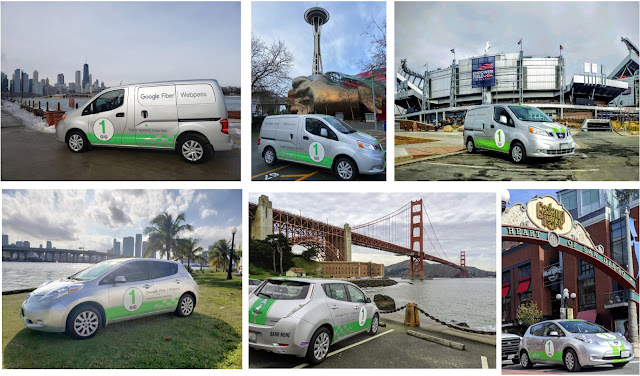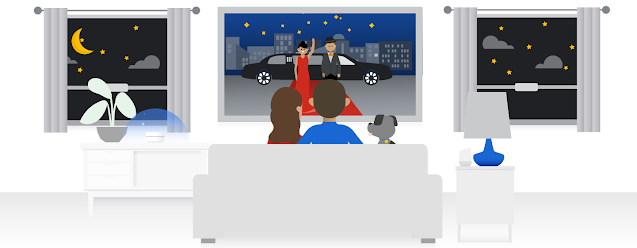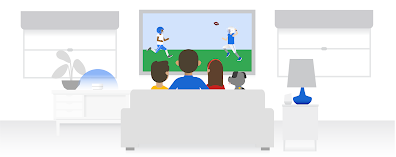This post was updated on March 17, 2020 with links to information on how Google Fiber is supporting the FCC’s Keep America Connected pledge. You can also find that information here.
There’s a lot going on in the world right now, and many more questions than answers. Things are uncertain, and moving so quickly that it’s hard to keep track.
At Google Fiber, we don’t have the answers to the big questions facing us. But we know that a lot of experts are working to find them, and we’re thankful to the scientists, doctors and nurses, public health experts, government officials and nonprofit organizations working day and night to address the global pandemic of COVID-19.
We also know this: in times like this, connections matter. Possibly — probably — more than at any other time. We believe internet service is always critical to people and communities. In times of crisis, internet service is an even more critical lifeline.
We also feel a deep responsibility to do whatever we can to help flatten the curve and slow the spread of COVID-19 in our Fiber communities. So, we’re closing our Fiber retail spaces and discontinuing outbound sales processes until this crisis abates. We’ll continue to install service for new customers as long as it’s safe and we’re able to do so, and we’ll do everything we can to repair and maintain our network for customers who are relying on it, and on us.
We’ve never had data caps or late fees, and we’ve committed to making sure anyone who is financially impacted by the ongoing coronavirus outbreak will be able to continue their Google Fiber service during this difficult time.
Other internet service providers have also taken steps to extend a hand to their customers at this time, and we thank them for those decisions. We’re all in this together.
All of us must stay connected to information about our countries and communities. To expert advice. To our employers and educational institutions. To telehealth networks to take care of ourselves and relieve the burden on physical clinics and hospitals. And to entertainment to make a tense time more bearable.
And, of course and as always, to each other.







